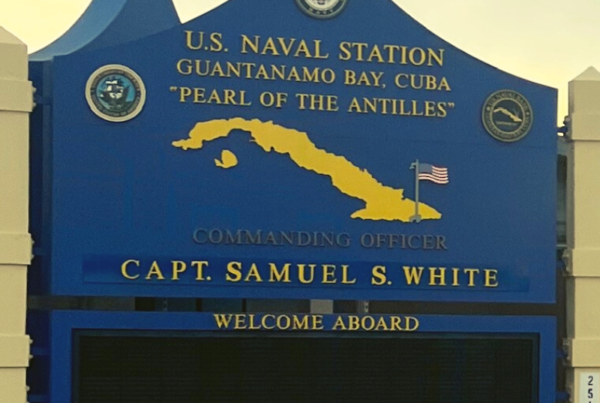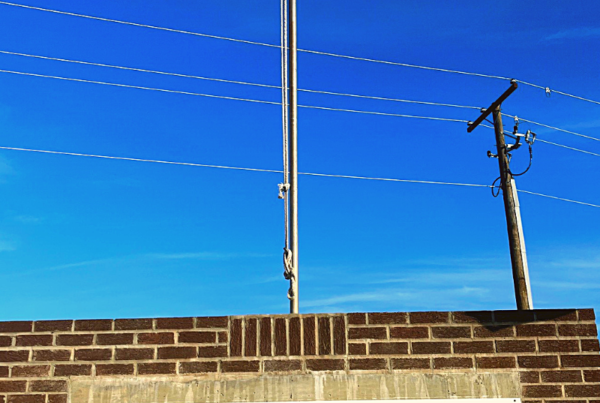LOGAR, Afghanistan – It requires hours of driving through narrow, bumpy tracks southeast of Kabul, cast by white bedsheets used as Taliban flags, blown-out former military bases and numerous checkpoints manned by weathered Taliban fighters.
And then it emerges – the once almost unreachable Mes Aynak mine – adorned by pools of sunlight across the arid landscape, illuminating ancient firepits and stones once melted to make coins, chiseled squares of earth creating bunkers where townsfolk slept and prayed, and piles of earth ascending to enshrine buddhas and temples reminiscent of pre-Islamic eras of antiquity.
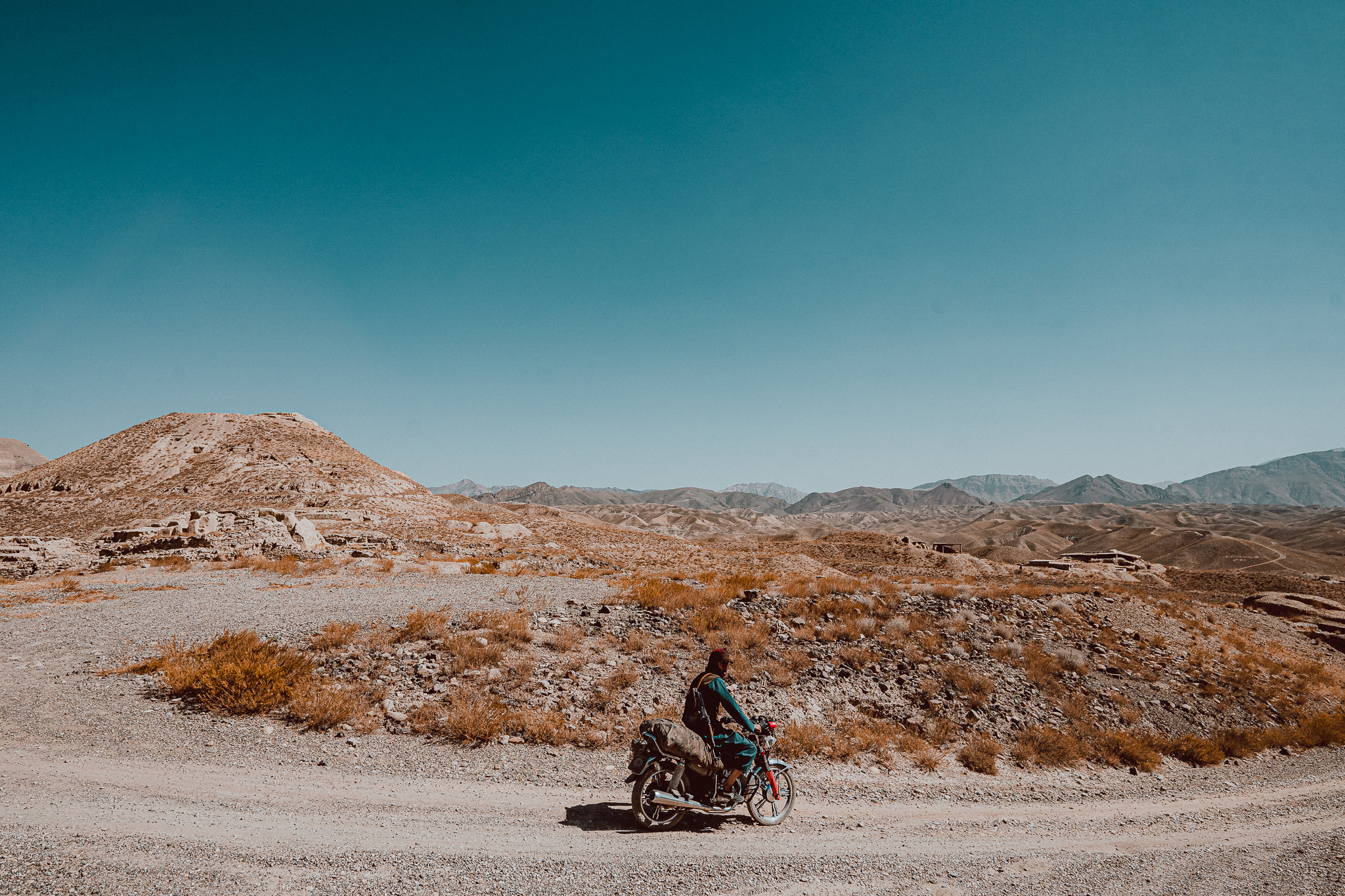
“Nothing has been (mined) yet. China hasn’t done anything except for basic investigations,” says Atal Mushwanni, the Taliban’s new Head of Information and Culture for Logar province. “But we want to start soon.”
Although it means “little copper mine,” Mes Aynak hosts the planet’s largest, more unexploited copper deposits, to the value of 11.08 million tones and an estimated worth of $50 billion. Yet, it is also home to Central Asia’s most critical nuggets of archeological value –and the two may not go hand-in-hand, as cash-strapped Afghanistan plunges deeper into economic catastrophe under the Taliban rule.
Abdul Shukoor, the Head of Logar’s Archeology Department – who has been working on extraction sites for six years under the previous government and was brought back by the new Taliban regime, notes that they are ready to resume evacuations – with 24 engineers on-tap and 200 daily laborers identified – if and when World Bank funding comes through.
“There has been no damage to the archaeology yet since they have only done risk mitigation for the mining so far,” Shukoor explains, pointing to the world of chiseled sand-colored buildings and firepits belonging to the Zoroastrian peoples.
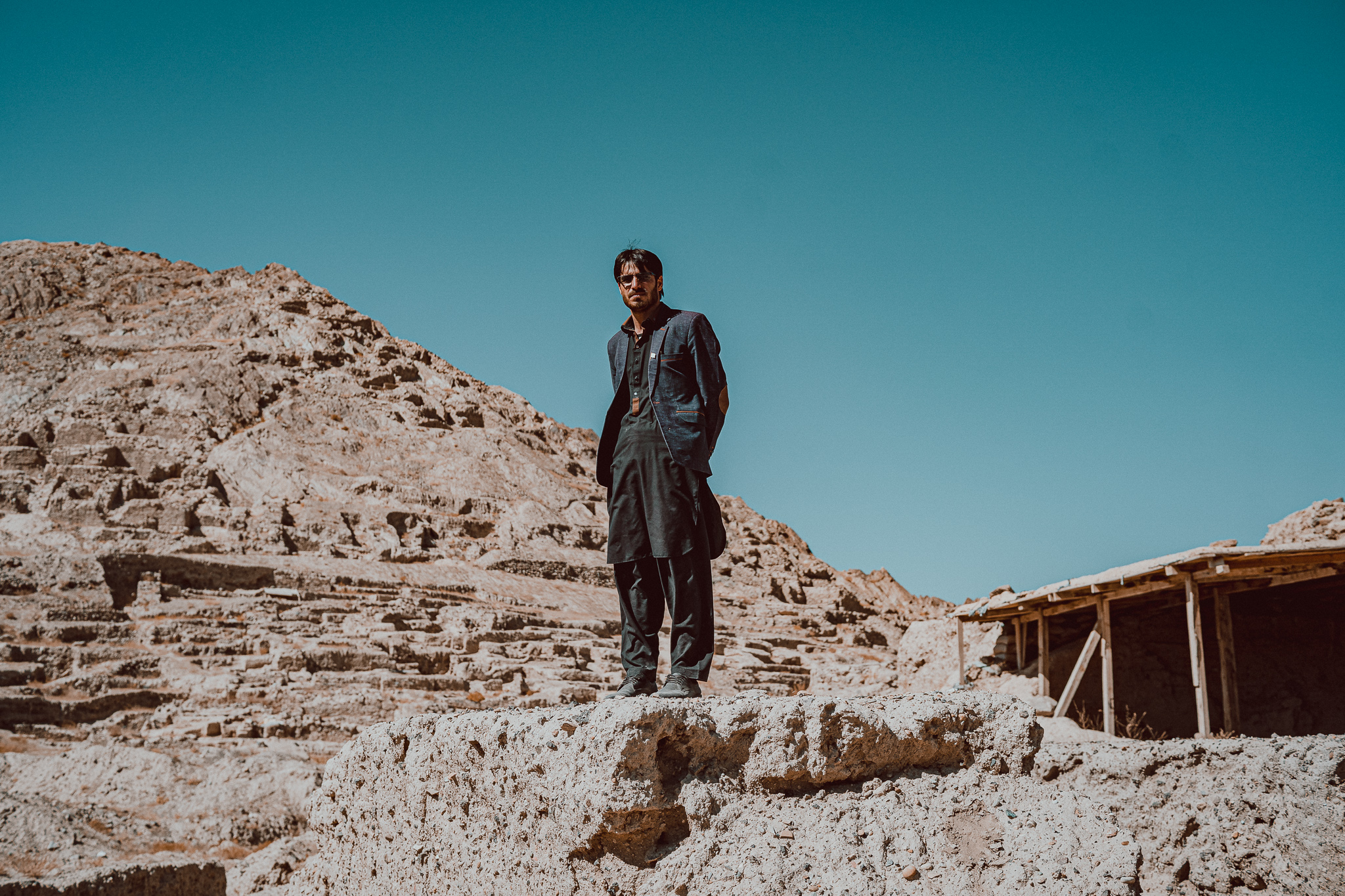
“There has been no damage to the archaeology yet since they have only done risk mitigation for the mining so far,” Shukoor explains, pointing to the world of chiseled sand-colored buildings and firepits belonging to the Zoroastrian peoples.
Even while the U.S. taxpayer was funding the frail security apparatus amid the surge of the elongated war, China’s Jiangxi Copper Co Ltd and the Metallurgical Corp of China (MCC) inked a three-decade lease at the cost of $3.4 billion for the coveted mine in 2008.
Yet, China – which was quick to establish tight ties with the Taliban before and after its government takeover – may finally have its shining opportunity. In September, the Beijing-linked companies stated they were again “monitoring the situation” and preparing to resume construction as soon as possible.
Mushwanni claims that the mining and archeology departments are working together to craft a plan in which both countries can prosper – but points out that the financially beleaguered country intends to start the copper mining process “as soon as possible.”
“We are trying our best to manage both at the same time, and no decisions have been finalized yet. But the mining department is working hard on a plan for extraction, to make it the basis for the economy,” he continues. “The discussions with China – and other countries – are not finalized. But if China follows the policies which the Islamic Emirate has set for them, they can come and start mining. But if they don’t follow the policies and agreements we suggested, then other countries can come forward and start investing in this. We don’t have an issue with that.”
And indeed, the value of their lease in today’s current climate is worth far more than could have been imagined when the United States first invaded in 2001. Back then, there were no iPhones, no Tesla vehicles. Cut to two decades on, and modern society is fundamentally fueled by high-capacity batteries, and high-tech chips critical for smartphones, making Mes Aynak – and much of Afghanistan – an ever-more potent parcel.
“We don’t know what the future holds, but it is dubious. We don’t know what laws the Taliban will be implementing,” notes Naweed Adil, the director of large-scale mining at the Ministry of Mines and Petroleum, in a separate interview on the matter. “(China) has already invested $400 million to build and establish buildings and drilling, but they have only done exploration so far.”
And that took place more than a decade ago.
Adil says that the previous Afghan government and the Chinese companies agreed that the latter would receive 80 percent royalties in the copper extraction – a payout he views as alarmingly high.
“It’s not normal in any country to have such a high royalty in the initial stages,” he explains. “We agreed on some terms but couldn’t reach a full agreement.”
Around 80 percent of employees in the mining sector have returned to work under the Taliban – although they are yet to receive salaries, Adil acknowledges.
However, Mushwanni points out that they don’t necessarily have an issue with U.S. companies coming forth for mining opportunities either, but makes it clear that the Taliban has strict terms.
“We don’t want conditions where a country or company says they will invest in mining, but they need certain things. They should be going on our terms, not their terms. They should understand their boundaries,” he cautions. “The mining should benefit our country, creating a base for our economy. Countries can come forward, but it should be based on the Islamic Emirate’s commerce policies and benefits.”
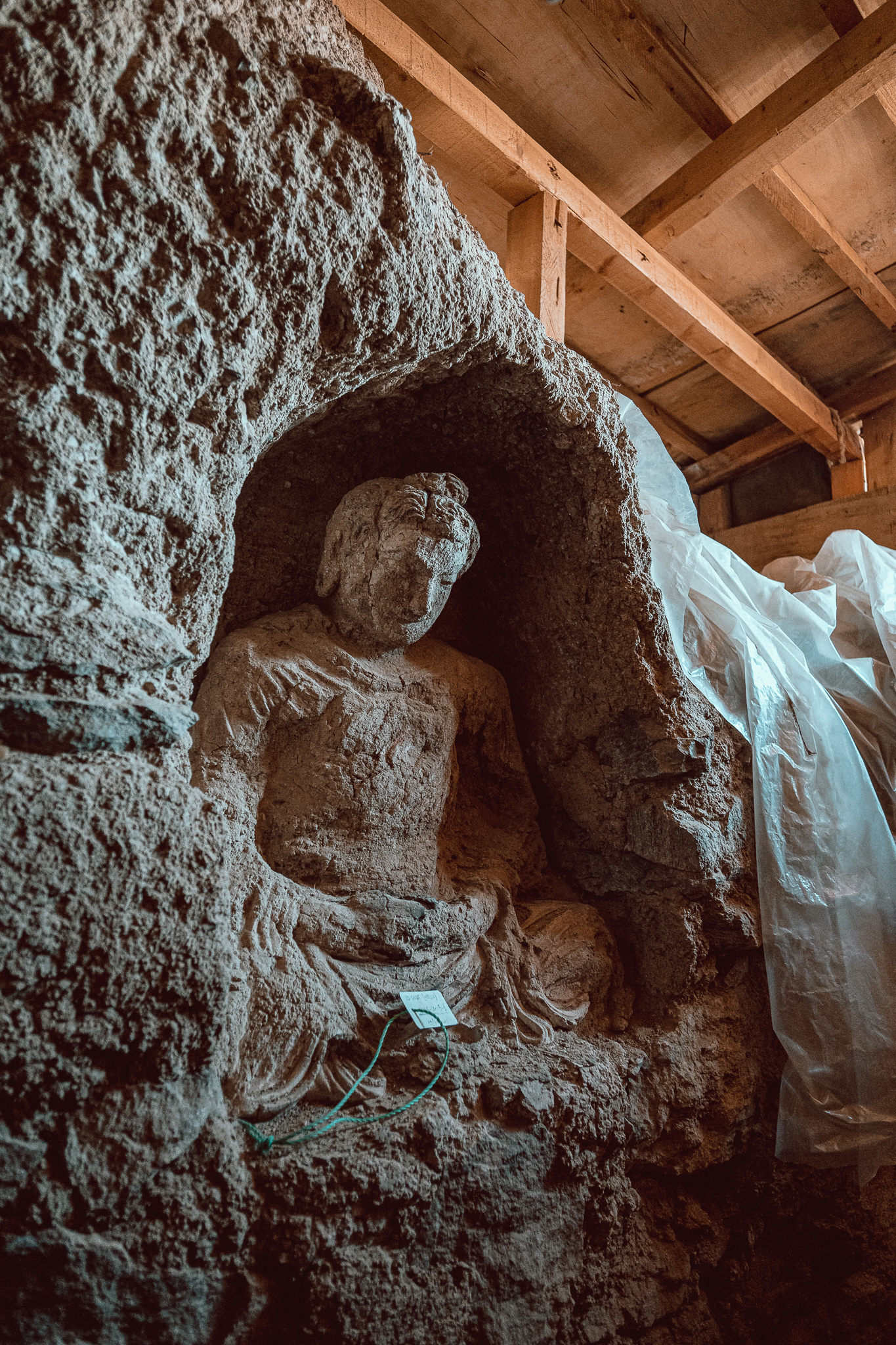
Mushwanni also stresses that the new leadership has a “very different policy” from the previous Ashraf Ghani-led government.
“We didn’t accept the last government, as it belonged to many, many foreign countries. They worked for the foreigners, not for our people. Now, the government belongs to the Afghan people,” he quips. “If the last government really worked our people, maybe this mine would have been extracted by now.”
However, the Aynak is also a colossal complex of history yet to be adequately excavated – ripe with dozens of identified ruin spots from a five-thousand-year-old Bronze Age settlement submerged beneath the ancient copper mines to Buddhist monasteries dating back to the fifth century, long pre-dating Islam, including hundreds of Buddha statues and stupas for prayer.
I imagined the life that once existed here – when the pale parcel was at its peak during the 5th to 7th centuries – the hundreds of Buddhists and Hindus deep in prayer on one side, and the original Zoroastrians – one of the oldest monotheistic religions – emerging from a fire temple on the other.
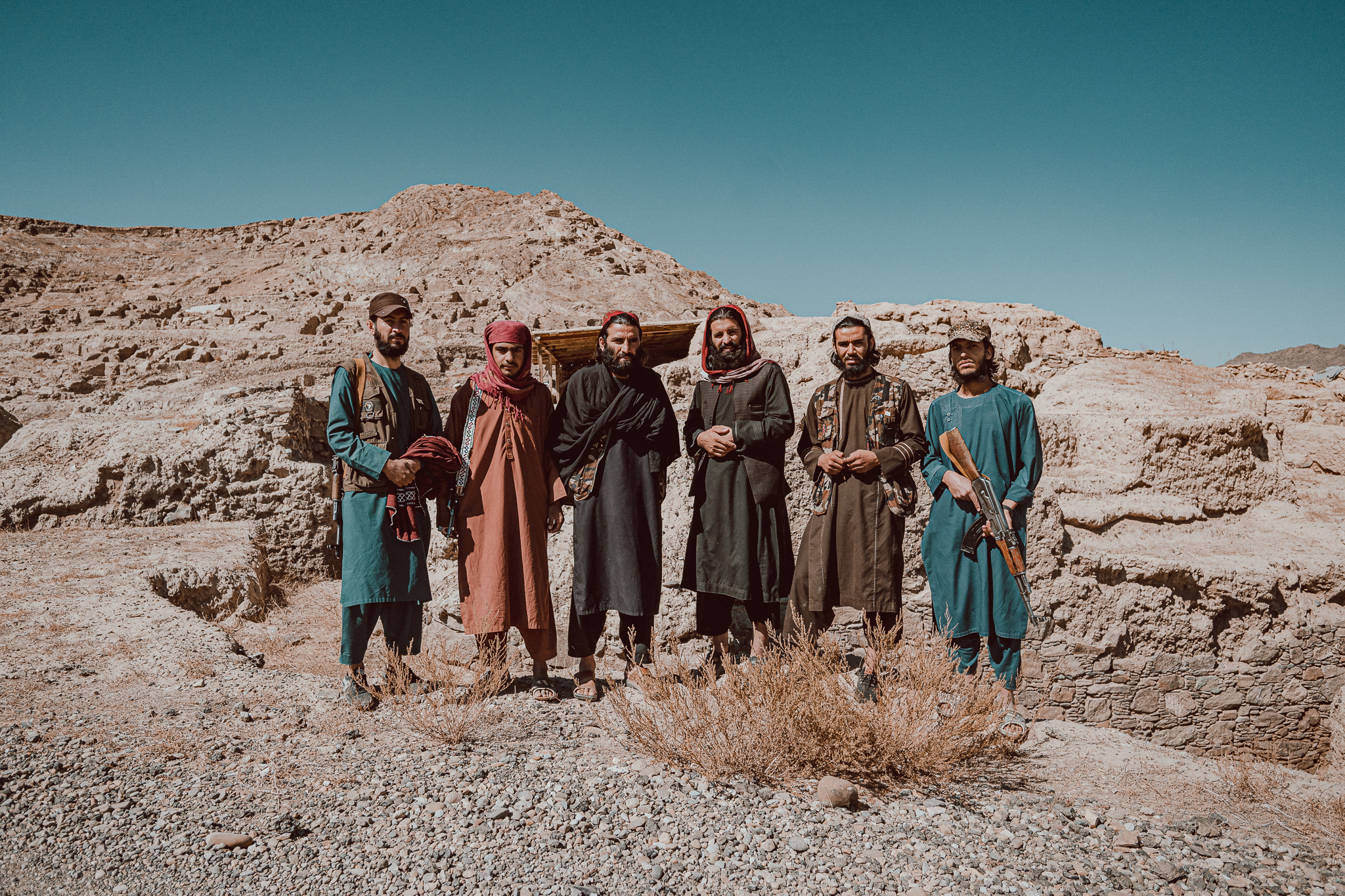
History indicates that mining has gone on in the Aynak, as locals typically say, for millennia – in a time long before chemical extraction capabilities, heavy machinery, and detonations – making the town the hub of wealth and expansion.
Mushwannai vows that there are no security concerns – and claims that there never was, as Taliban fighters were always ordered “never to target a public interest” area.
However, Shukoor later – and quietly away from his Taliban colleagues – begs to differ.
“The archaeologists always had issues here; they would have bombs blasting on them. (The Taliban) attacked checkpoints so that they couldn’t move into the area, especially when they were cutting and transferring statues and artifacts,” he says softly.
Adil concurs that security remains a fundamental problem.
“Even if the Taliban wants to continue developing Mes Aynak, most likely a company wouldn’t be in this situation because nothing is clear when it comes to what laws and regulations the new government will follow,” he points out. “Security will be one of the biggest challenges. In the past government, we had deployed around 1700 soldiers to secure the area itself, that was not enough. Bombs were attacking some outposts there, and they were constantly creating problems.”
Nonetheless, as a critical component of the China lease agreement, the mining corporation pledged to build roads, railways and other critical infrastructure leading to the mysterious site. In July, just weeks before the Taliban seized the Presidential Palace, Beijing held high-level talks with Taliban representatives in large part to discuss such vital economic infrastructure projects.
And with Washington now out of the fray and certainly out of the way, Beijing is in the prime position to take the lead in offering the beleaguered country economic investment – and unique access to an estimated one to three trillion dollars’ worth of untapped mineral deposits and rare earths.
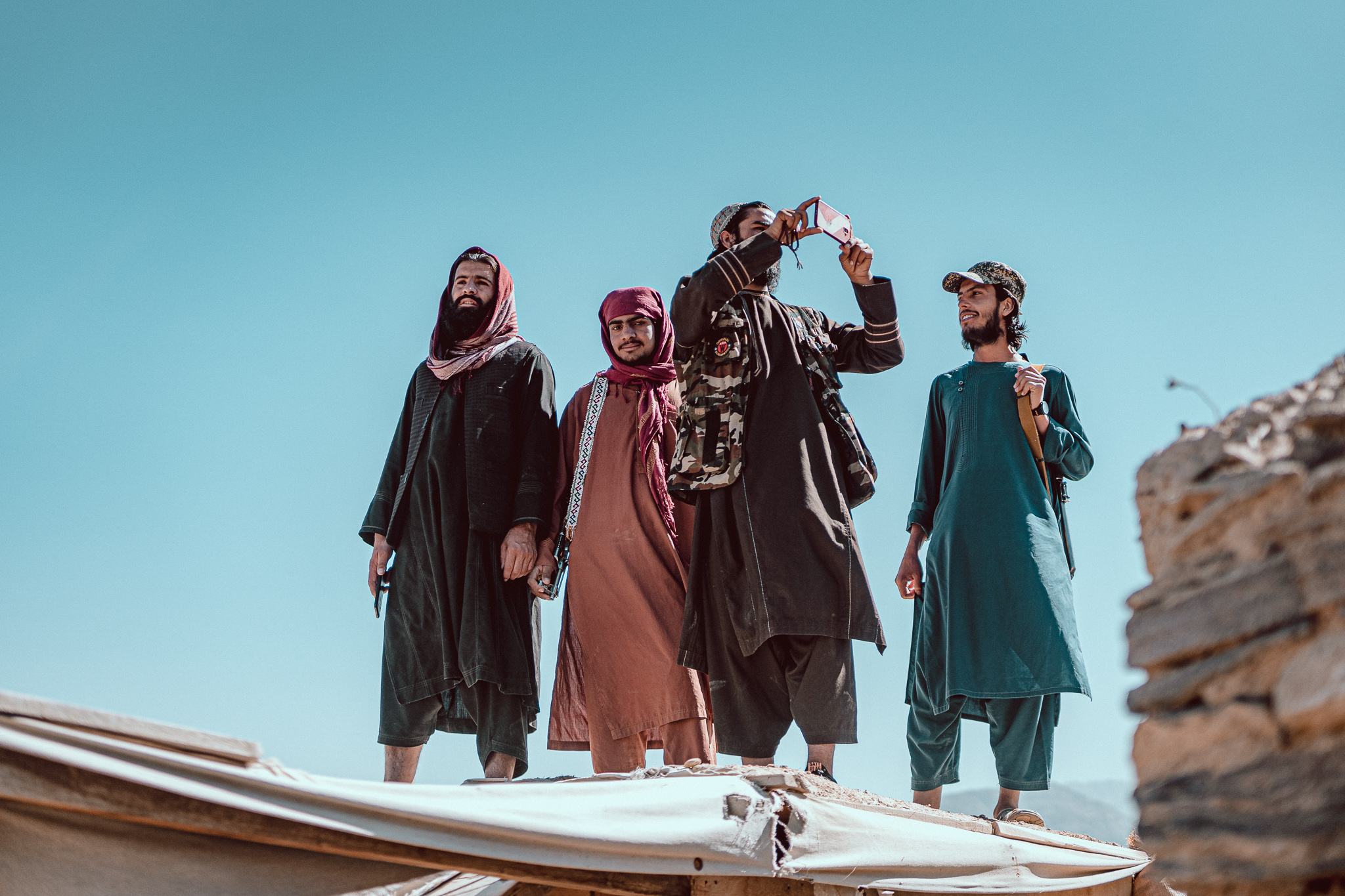
Meanwhile, the United States provided more than a million dollars in funding to help restore the Buddhist ruins. In 2013, an international team of more than sixty archeologists and hundreds of local laborers and armed guards were deployed to undertake the mammoth excavation endeavor. But months in and amid a rapidly deteriorating security situation, almost all the team had departed by the following year.
Adil highlights that while his team and UNESCO – the United Nations Educational, Scientific and Cultural Organization – came up with some options such as using modified, open pits for copper mining that would limit damage to the archeological riches, some damage would be inevitable.
Eventually, the Taliban – officially termed the Islamic Emirate of Afghanistan – may have to choose between preserving the religious and age-old expanse of earth or reaping the financial benefits in a time of dire need.
The Taliban’s complete control of the region comes in an era in which battery materials are in high supply chain demand to obtain lithium supplies. China is poised to reap the gains.
What this means for Afghanistan – or more broadly world – history remains to be seen. While the Taliban have pledged to safeguard Afghanistan’s historical sites – and by all of my eyewitness accounts are doing that – it wasn’t until March 2001, more than five years into their first reign, that the group’s then-leader Mullah Mohammed Omar ordered the treasured sixth-century Buddha statues in Bamiyan to be blown up.
“The scholars of the previous government decided to blow those up; that was their own decision. Now, there is no such policy – the policy is to protect. So that decision shouldn’t be counted as a mistake because it was a decision made by the scholars of that time, and we can’t go back,” Mushwannai says hurriedly. “We want to focus on our future, not our past.”
Only time can tell.
The Taliban’s Ministry for Mining declined to comment.






